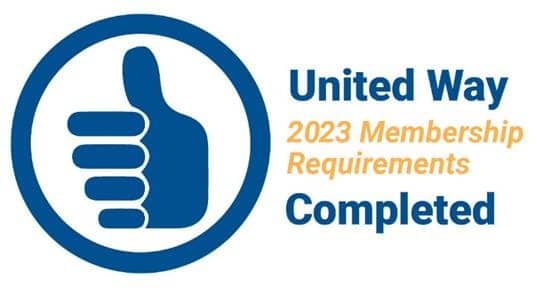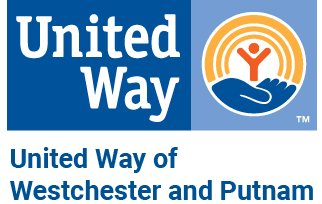
Tuesday Main Stage with Sean Thomas-Breitfeld
Accompanying Slide Deck
Learning Opportunities Related to Racial Leadership Gaps
Read
Beyond Diversity and Multiculturalism: Towards the Development of Anti-Racist Institutions and Leaders by Mary Pender Greene, LCSW-R.
Points to Highlight
· “Addressing structural racism is one of the toughest jobs that any leader can face. Although the reasons are indeed complex, the major difficulty for us is that many white staff viewed racism as individual acts of meanness and viewed any discussion of racism in our institution as a personal affront. They saw the agency and themselves as culture carriers of the agency as dedicated to doing good, a value that was inconsistent with a view of either as incorporating racism. They saw racism as being individual and intentional instead of structural and systemic.”
· “Unfortunately, even in institutions that have a fairly high degree of awareness of race bias, unconscious or unexamined aspects of the institution’s social culture can unintentionally reinforce dynamics that continue to privilege people with white skin. It is in this manner that American institutions remain dominated by practices which produce racial inequalities (Better, 1998)”
· “Structural racism requires institutional support and cultural nurturing. The core of anti-racist work is to seek to recognize institutional bias and to make structural changes that are supported by policies and procedures that are accountable with outcomes of equity. Leaders, managers and supervisors must be taught to recognize that contemporary forms of racism exist and become familiar with the various forms that it takes in the lives of all staff and clients.’
· “The organization’s leadership must consistently demonstrate its commitment to the process to all employees by setting a tone for honest discourse by openly acknowledging tensions. Friction must be resolved respectfully and swiftly when possible, and staff must be helped to accept a degree of uncertainty and discomfort.”
· “Managers must become aware that culturally sensitive social work practice requires more than diverse entry level staff. In some situations “diversify” becomes entangled with the difficulty in finding the “right applicant,” who could clearly articulate treatment issues, and have the “right image” to fit in to the existing white-centric culture setting.”
Explore
It’s Bias That Hobbles People of Color, Not Lack of a Leadership Pipeline by Frances Kunreuther and Sean Thomas-Breitfeld.
Points to Highlight
· “Whether you look at the 2006 CompassPoint/Meyer Foundation study “Daring to Lead,” which showed 17 percent of the top leaders are people of color, or BoardSource’s 2015 “Leading With Intent” report, which put the figure at only 11 percent, it is clear that nonprofit leaders too seldom reflect the diversity of the communities they serve.”
· “Before conducting the survey, we often heard nonprofit executives say there simply are not enough interested and qualified people of color to lead their organizations. But our data tells another story.”
· “[P]eople of color reported that they faced an extra duty: They were often called upon to represent people of their race or ethnicity both inside and outside of their organization. This created increased responsibilities and work. As one person of color explained in a write-in response, staff members at her organization looked to her to deal with problems related to race, which was not only emotionally taxing but also completely unacknowledged as part of her job.”
· “Talented, ambitious, and qualified people of color are ready to lead, but they are thwarted by assumptions about race, the idea of “cultural fit,” and preconceived notions of what a leader looks like — the structural barriers that exist at nonprofits.”
Poll
Watch
Take the Challenge
Listen to this podcast featuring Harvard Business Review co-hosts Alison Beard and Dan McGinn responding to some common challenges faced by businesses in promoting diversity and inclusion in their
workplace (transcript included).
336 Central Park Avenue
White Plains, NY 10606
914.997.6700
Privacy Policy
Board Portal
Career Opportunities

